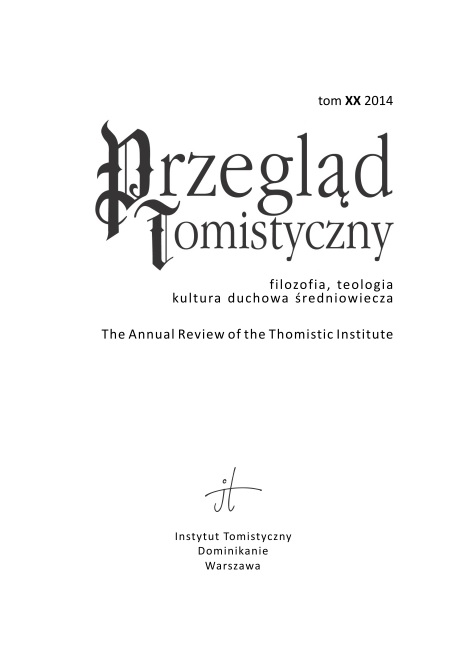ROBERT PODKOŃSKI, The Debate on the Existence of Indivisibles at Oxford University in the Beginning of the Fourteenth Century

Volume XIX: 2013
Philosophy — Theology— Spiritual Culture of the Middle Ages
ISSN 0860-0015
e-ISSN 2544-1000
SUMMARY
The leading role in the debate on the existence of “indivisibles” was played by the then Chancellor of Oxford University, Henry of Harclay. Taking part in the famous debate on the eternity of the world, Harclay postulated the existence of infinitely small indivisible beings that constitute every real thing. This postulate was in fact a consequence of accepting the possibility of the existence of actual, different infinities on the one hand, and of the cosmology of the first Chancellor of Oxford University, Robert Grosseteste, on the other. The special advantage of Harclay’s “indivisibilism” was that his theory was deeply rooted in a philosophical tradition (esp. Aristotle’s and Grosseteste’s opinions), while at the same time contradicting some basic, commonly accepted rules of logic and geometry (e.g. “A whole is greater than its parts”). This most probably was the reason why Harclay’s theory encountered many critics. In short, there were two main ways of criticizing “indivisibilism:” logical and geometrical. First Harclay’s adversaries — William of Alnwick, Adam Wodeham and William Ockham — employed the then-popular terminist logic in order to refute “indivisibilism.” Yet, in his critiques, Ockham also used geometrical proofs and rules, borrowed in fact, from his older confrère, John Duns Scotus. John Duns Scotus’s geometrical proofs against “indivisibilism” are another excellent testimony to the “subtlety” and greatness of his intellect. These proofs reveal deep knowledge and understanding of Euclid’s “Elements” as well as a great mathematical imagination behind them. Indeed, all the geometrical proofs against “indivisibilism” that appeared in works of Oxford thinkers after Scotus should be considered as either repetitions or simplifications of Scotus’s arguments.
